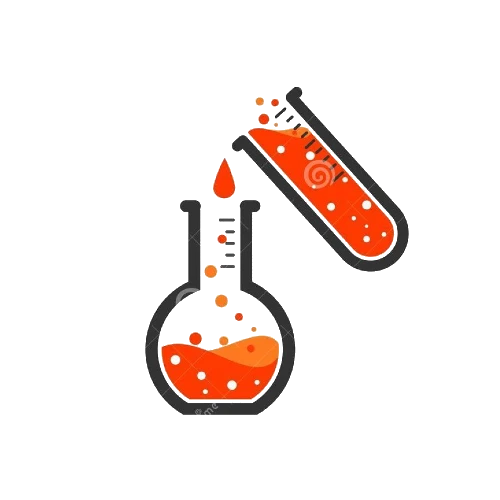An Air Handling Unit (AHU) is a central component of HVAC (Heating, Ventilation, and Air Conditioning) systems. Its primary function is to regulate and circulate air as part of a building’s climate control system. Below are detailed components and features typically found in an AHU:
KEY FEATURES
Casing: Insulated panels to prevent energy loss and noise reduction. Air Intake and Exhaust Sections: Visible ducts at the top for intake and exhaust of air. Filters integrated within to trap dust, pollen, and contaminants. Blower/Fan: Internal fans circulate and move air throughout the system. Typically, centrifugal or axial fans are used for airflow. Cooling and Heating Coils: Equipped to cool or heat the incoming air as required. These are usually integrated into the AHU for temperature management. Filters: Multi-layered filtration system, including pre-filters, fine filters, and HEPA filters, ensuring clean air. Control Panel: Electronic interface for monitoring and controlling airflow, temperature, and pressure levels. Dampers: Adjustable components that regulate airflow and maintain balanced ventilation. Drain Pan: Collects condensation from the cooling coils.
- USER REQUIREMENT SPECIFICATION FOR AHU
- SOP FOR OPERATION OF AHU
- SAT FOR AHU
- DESIGN QUALIFICATION FOR AHU
- INSTALLATION QUALIFICATION FOR AHU
- OPERATIONAL QUALIFICATION FOR AHU
- PERFORMANCE QUALIFICATION FOR AHU
- HANDOVER CERTIFICATE – HVAC
- SOP FOR INTERLOCKING OF THE HVAC SYSTEM
- SCHEMATIC DIAGRAM OF AHU







